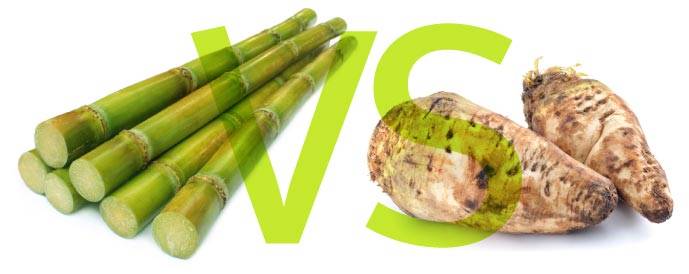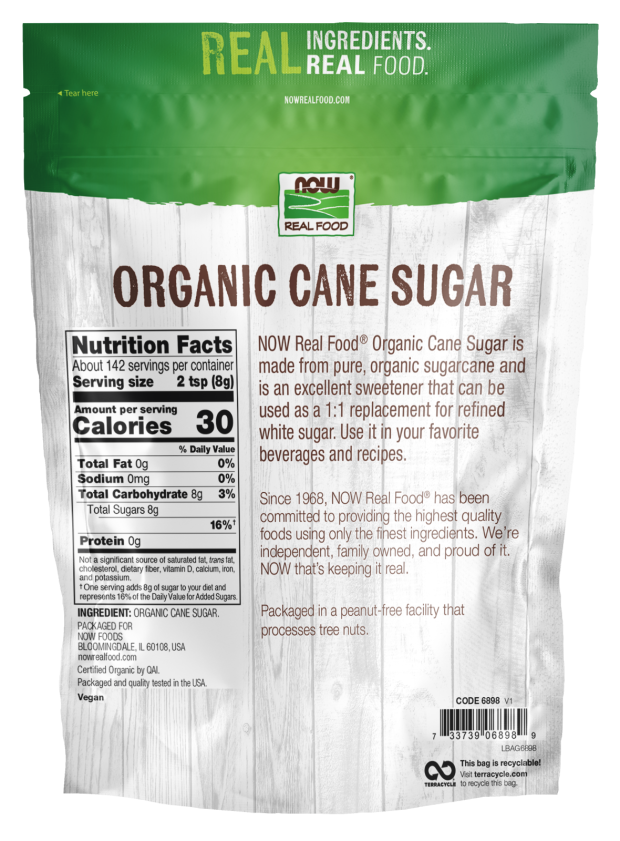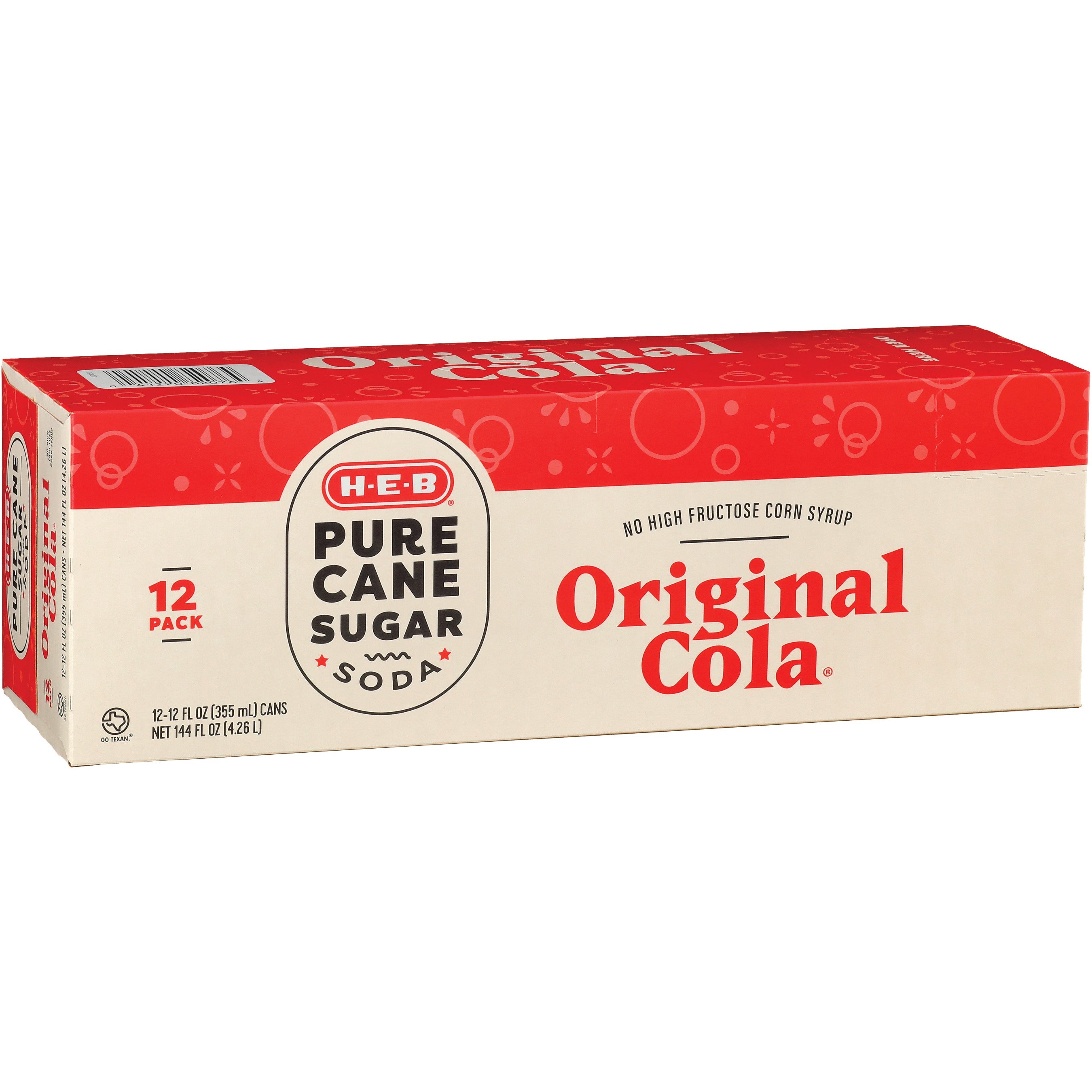Advanced Cane Sugar Processing: Enhancing Performance and Sustainability
Advanced Cane Sugar Processing: Enhancing Performance and Sustainability
Blog Article
Discovering the Comprehensive Tips Associated With Cane Sugar Processing From Harvesting to Improvement
The process of walking cane sugar production incorporates a collection of elaborate actions, beginning with the cautious harvesting of sugarcane and culminating in the refinement phases that guarantee the end product fulfills market criteria. Each phase, from the extraction of juice to the filtration and condensation procedures, plays a critical role in determining the top quality and character of the sugar. Understanding these stages not only highlights the intricacy of sugar manufacturing however also raises essential questions about performance, sustainability, and technology in the industry. What effects do these aspects have for future methods?
Harvesting Sugarcane
Collecting sugarcane is a crucial action in the cane sugar handling chain, as it straight influences the top quality and yield of the final item. Proper timing and methods are vital during this stage to make sure optimum sugar material and lessen losses. Usually, sugarcane is harvested when it reaches maturity, generally 12 to 18 months after growing, defined by a high sucrose concentration.

Post-harvest, the sugarcane needs to be processed swiftly to protect against sucrose deterioration. Preferably, gathered walking stick ought to be delivered to refining facilities within 24-hour to maintain sugar quality. Therefore, reliable logistical preparation is critical to maintain the honesty of the harvested crop throughout the supply chain.
Extraction Process

The smashed cane undergoes a collection of pressing operations to take full advantage of juice recuperation. Commonly, warm water is splashed onto the crushed walking cane, creating a countercurrent circulation that helps dissolve the sugar while additionally assisting in the removal process. The juice collected from this operation contains not only sugar yet also different organic substances and impurities.

To improve removal performance, some facilities may employ diffusion methods, where the sugarcane is soaked in hot water, permitting the soluble sugars to diffuse into the liquid. The resulting juice, rich in sucrose, is then directed to succeeding handling stages, laying the structure for filtration and refinement. The removal process is hence crucial in identifying the quality and yield of the last sugar product.
Purification Techniques
The filtration strategies employed in cane sugar processing are necessary for transforming the raw juice right into a top quality sugar product. These approaches largely intend to get rid of pollutants, such as soil, plant products, and not natural materials, which can adversely affect the end product's flavor and shade.
Among one of the most usual purification techniques is information. This procedure includes including lime and warmth to the raw juice, which facilitates the coagulation of contaminations. The resulting precipitate is after that removed with sedimentation or filtering, generating a clearer juice. In addition, the use of phosphoric acid can boost the clarification process by further binding contaminations.
Another considerable strategy is carbonatation, where carbon dioxide is presented to the clarified juice. This reaction generates calcium carbonate, which records continuing to be pollutants and advertises their elimination.
Moreover, triggered carbon treatment may be related to adsorb any type of continuing to be colorants and organic impurities, ensuring a more polished item. The combination of these approaches effectively prepares the sugar juice for subsequent actions in the refining procedure, establishing the stage for the manufacturing of top notch cane sugar.
Crystallization Techniques
After the purification phase, the following important action in walking stick sugar processing involves condensation techniques, which play a crucial duty in transforming the cleared up juice into solid sugar. This procedure usually uses 2 primary techniques: spontaneous condensation and controlled formation.
In spontaneous condensation, supersaturated sugar services are allowed to cool naturally, leading to the formation of sugar crystals gradually. This method is simpler yet might lead to uneven crystal sizes and reduced pureness degrees. On the other hand, controlled formation is a more precise method where seeding, temperature, and focus agents are carefully taken care of. This method enables the consistent growth of sugar crystals and higher purity.
Throughout formation, the cleared up juice is concentrated with dissipation, enhancing its sugar material up until it reaches supersaturation. Once this point is achieved, either technique can promote the condensation process. Cane Sugar Processing. The resultant sugar crystals are after that separated from the continuing to be syrup with centrifugation
Eventually, the choice of crystallization method affects the high quality, size, and purity of the final sugar item, making this action important in the total walking stick sugar processing treatment.
Improvement and Product Packaging
Exactly how can the pureness and high quality of walking stick sugar be further boosted after crystallization? The refinement process plays an essential role in attaining premium walking cane sugar.
Next, the sugar is subjected to a process called centrifugation, where it is spun at broadband to divide the purified sugar crystals from the remaining liquid. After centrifugation, the sugar is commonly more fine-tuned via a method called carbonization or phosphatation, which makes use of triggered carbon or phosphoric acid to get rid of color and off-flavors.
As soon as fine-tuned, the sugar is dried to accomplish the desired moisture content, ensuring that it continues to be stable throughout storage and transport. The final step entails product packaging the refined sugar in moisture-proof and airtight containers to maintain its quality and protect against contamination. Cane Sugar Processing. Proper product packaging not only extends rack life but also helps with very right here easy handling and distribution, ensuring that customers obtain sugar that satisfies the highest requirements of purity and high quality
Verdict
The thorough actions associated with cane sugar handling, from the thorough harvesting of sugarcane to the intricate improvement and product packaging stages, highlight the value of each stage in making sure high-quality sugar production. Optimum harvesting strategies, reliable removal approaches, and rigorous purification procedures collectively add to the last product's pureness and site stability. The condensation and succeeding product packaging practices better improve the honesty and shelf life of the sugar, highlighting the complexity and precision fundamental in this crucial agricultural sector.
The process of walking cane sugar manufacturing encompasses a series of complex steps, starting with the careful harvesting of sugarcane and culminating in the refinement phases that make sure the last product satisfies sector criteria. Preferably, harvested walking stick should be carried to refining centers within 24 hours to protect sugar top quality.In spontaneous crystallization, supersaturated sugar remedies are enabled to cool naturally, leading to the development of sugar crystals over time - Cane Sugar Processing. The refinement process plays a crucial role in achieving top quality walking cane sugar.The detailed actions involved in walking cane sugar handling, try this out from the meticulous harvesting of sugarcane to the elaborate improvement and product packaging stages, emphasize the importance of each phase in making certain premium sugar manufacturing
Report this page